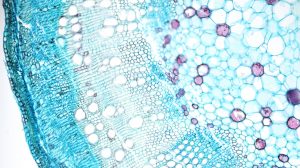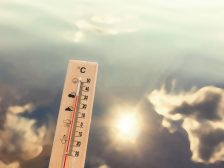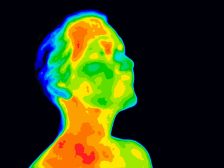Definition
noun, plural: diglycerides
A glyceride consisting of a glycerol and two fatty acid molecules joined through ester linkages
Supplement
Glycerides are esters formed from glycerol reacting with fatty acids. Their primary function is to serve as fat storage molecules. They may be classified based on the number of fatty acids reacting with glycerol. The fatty acids can react with one, two, or all three of the hydroxyl functional groups of the glycerol to form monoglycerides, diglycerides, or triglycerides, respectively.
A diglyceride is an ester from glycerol with two fatty acid molecules joined through ester linkages. It occurs naturally and artificially. For instance, it is produced in many seed oils. In the industry, it is produced primarily through glycerolysis for use as emulsifiers. It is used as an ingredient in baked products, confections, chewing gum, margarine, ice cream, beverages, etc. In humans, the dietary source of diglycerides is food containing triglycerides. The triglyceride is digested and broken down into monoacylglycerol (monoglyceride), diacylglycerol (diglyceride), or free fatty acids.
Diglycerides are essential for their biological role. For instance, they serve as a signaling lipid molecule, Munc13 Activation, a source for prostaglandins, a precursor of 2-arachidonoylglycerol (an endocannabinoid), and an activator of TRPC3/6/7 (a subfamily of transient receptor potential canonical cation channels).
Diglycerides may be converted into triglycerides by the addition of a third fatty acid through the catalytic action of diglyceride acyltransferase.
Word origin: di– (two) + glyceride
Synonym(s):
- dioacylglycerol
See also:







